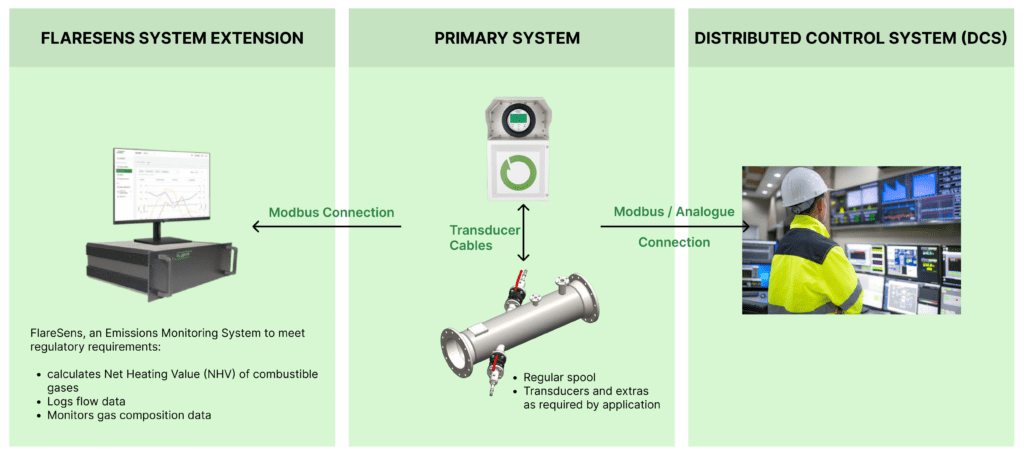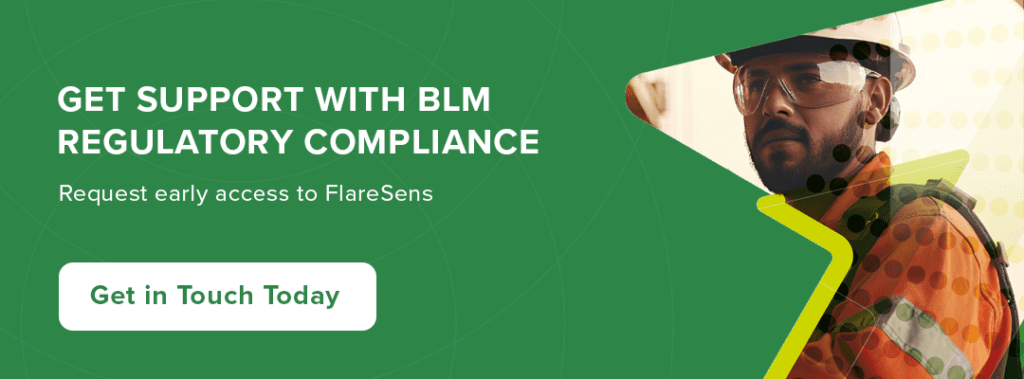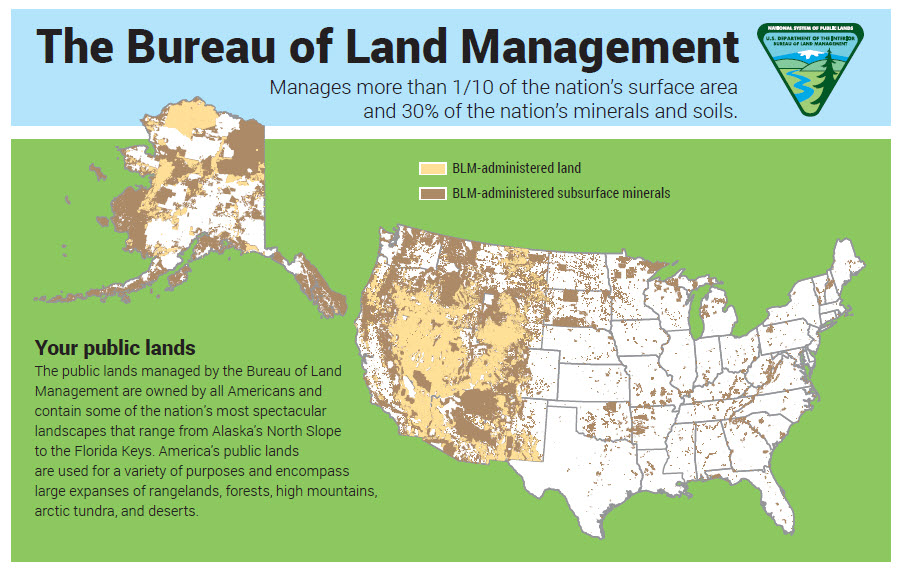A Quick Guide on New BLM Flaring and Venting Regulations for U.S. Oil and Gas Operators
8 minutes read
NewsThe Bureau of Land Management (BLM), a U.S. federal agency responsible for managing public lands and mineral resources, recently updated its flaring and venting requirements for federal and Indian leases. The long-awaited ‘Waste Prevention, Production Subject to Royalties, and Resource Conservation’ final rule aims to reduce the waste of natural gas from flaring, venting, and leaks during oil and gas operations and to collect royalties on “avoidably lost” gas. The rule takes effect on December 10, 2024.
Overview of the New BLM Rule
The new rule, which replaces the 1979 Notice to Lessees and Operators (NTL-4A), introduces stringent requirements to reduce gas waste and enforce royalties on avoidably lost gas. Reflecting public feedback, it mandates that oil and gas operators submit waste minimization plans (WMPs) or self-certification statements, implement leak detection and repair (LDAR) programs, and install advanced measurement and monitoring equipment. The rule also grants the BLM new authority under the Inflation Reduction Act (IRA) to collect royalties on extracted methane (30 U.S.C. § 1727) to compensate the public and Tribal mineral owners for avoidable natural gas losses.
The BLM estimates that the final rule will cost the oil and gas industry around $122 million per year but result in recovered gas valued at approximately $55 million per year. The rule should also increase royalty revenues from recovered and flared gas by $39.8 million per year and reduce greenhouse gas emissions.
The rule will be published in the Federal Register if industry members, states, and trade associations do not identify instances of BLM overreach. If overreach is found, litigation is likely. The BLM’s last rulemaking attempt was struck down for exceeding statutory authority by attempting to regulate air quality under the pretence of regulating waste from oil and gas operations (Wyoming v. DOI, 493 F. Supp. 3d 1046 D. Wyo. 2020). The new rule is codified in the Code of Federal Regulations.
Key Requirements
- Waste Minimization Plan (WMP)
Operators must submit a Waste Minimization Plan (WMP) or a self-certification statement for all Applications for Permit to Drill (APDs) for oil wells. The WMP should include a thorough analysis of the production site, anticipated production volumes, and specific strategies to minimize gas waste. This includes detailing operational procedures, technologies employed, and best practices for waste reduction, as well as procedures for detecting and repairing leaks. Alternatively, operators can pledge to capture 100% of associated gas, paying royalties on all wasted gas except that lost in emergencies.
Operators must submit the WMP as part of the drilling permit application; it is subject to review and approval by the BLM. Failure to provide an adequate WMP can result in delays or denial of the drilling permit.
- Leak Detection and Repair (LDAR) Obligations
The final rule requires operators to implement a statewide LDAR program, which they must submit to the BLM for approval and update annually. This program should detail the method and frequency of leak detection inspections and the recordkeeping process. Inspections must be conducted at regular intervals using advanced technologies such as optical gas imaging and laser-based detectors. Operators must repair leaks within 30 days of discovery and verify the repair’s effectiveness using a soap-bubble test or an infrared (IR) camera. They must document all detected leaks and repairs for BLM review.
- Gas Capture Targets
The rule specifies progressively stringent gas capture targets to significantly reduce the volume of natural gas flared without royalties. Initially, operators must capture at least 85% of produced gas; this requirement escalates to 98% over the next decade. Starting with a cap of 0.08 thousand cubic feet (Mcf) of gas per barrel of oil produced, these targets will progressively tighten to 0.05 Mcf per barrel in the coming years. Operators who fail to meet these targets must pay royalties on the excess flared gas, calculated based on the market value of the wasted gas.
- Flare Measurement Requirements
Under the new rule, operators must accurately measure gas from high-pressure flares if flared volumes exceed 1,050 Mcf per month. They can use technologies such as ultrasonic meters that meet BLM specifications to accomplish this. For lesser volumes or low-pressure flares, operators may estimate flared volumes using a formula provided by the BLM. This precision in measurement supports the rule’s objective to more effectively monitor and minimize gas flaring activities. The new BLM rule complements existing EPA regulations (40 CFR part 60, subparts OOOOb and OOOOc) and API standards (API MPMS, chapters 14.10 and 22.3), which recommend ultrasonic technology for flare gas measurement and establish accuracy parameters.
It is worth noting that although the rule permits operators to use orifice plates and orifice meter tubes to measure high-pressure flares, we advise against these methods because they are not suitable for the application conditions.
- Infrastructure and Technology Upgrades
To comply with the new rule, operators must upgrade their infrastructure and technology, particularly around flare management. This includes installing appropriate metering equipment on high-pressure flares that exceed 1,050 Mcf per month to ensure accurate measurement and reporting of flared gas.
- Venting and Limits on Unavoidably Lost Gas
The new BLM rule stipulates strict limits on gas venting, generally favoring flaring for managing uncaptured gas, with few exceptions permitted. Venting is largely prohibited unless technically infeasible or necessary under emergency conditions to ensure safety. Additionally, the rule delineates conditions under which gas loss is considered unavoidably lost, including during emergencies. It outlines a 48-hour limit on royalty-free emergency flaring, aligning with regulations to minimize environmental impact while ensuring operational safety.
Fines and Penalties
The BLM has set clear penalties to enforce the new rule, including a $1,000 fine for specific non-compliance events such as discovering a flare that is not combusting gas or finding an open or unlatched and unattended storage tank.
Compliance Deadlines
- June 10, 2024: The rule takes effect.
- September 8, 2024: Operators must have a recordkeeping system for venting and flaring events.
- November 1, 2024: End date for pre-rule approvals to flare royalty-free.
- December 10, 2024; June 10, 2025; and December 10, 2025: Deadlines for installing required meters on high-pressure flares and complying with gas sampling requirements, depending on flare volume.
- December 10, 2025: Operators must submit initial LDAR programs to the BLM.
Environmental and Economic Impact
The BLM anticipates significant environmental and economic benefits from the new rule. It should result in substantially reduced greenhouse gas emissions, which will improve air quality and public health in nearby communities and contribute to climate change mitigation efforts. The BLM expects the rule to conserve billions of cubic feet of natural gas that might otherwise have been wasted, making it available to power American homes and industries. This increased capture of natural gas will generate more than $50 million in additional royalty payments each year to the federal government and Tribal mineral owners.
Fluenta is Ready to Help Operators with Regulatory Compliance
Fluenta is well-positioned to help operators comply with the new BLM regulation. Our advanced ultrasonic systems offer an extremely versatile solution, providing non-intrusive and easy-to-service options with a turndown ratio of 4000:1, ensuring accurate measurement across a full spectrum of process conditions. Our systems are largely immune to changing gas compositions, even with higher levels of CO2, thanks to our new range of FlarePhase transducers.
Moreover, Fluenta is trialling the innovative FlareSens system, which logs flow data and combines it with gas composition data to create a comprehensive emissions monitoring system. FlareSens calculates the Net Heating Value (NHV) of combustible gases, meeting another reporting requirement of the new BLM rule. By leveraging modern technology and best practices, Fluenta helps operators increase accountability, reduce waste, and comply with the updated regulations to ultimately benefit energy communities now and for generations to come. Our advanced technology and expertise make us an ideal partner for operators seeking to comply with the new regulations and optimize their gas utilization processes.

Conclusion
The new BLM regulations mark a significant shift towards more sustainable and efficient oil and gas production practices. These regulations aim to reduce greenhouse gas emissions, optimize resource use, and ensure fair compensation for public and Tribal mineral owners. For oil and gas operators, understanding and complying with these new regulations is crucial to avoid penalties and enhance environmental performance.
Fluenta’s innovative technologies make it simple for operators to comply with the BLM’s new regulations. Contact us today to learn more about how our systems can integrate seamlessly into your operations to guarantee compliance.
Disclaimer
This article provides general information about the BLM’s final Waste Prevention, Production Subject to Royalties, and Resource Conservation rule. It is not intended as specific legal advice. For any questions or legal advice, please consult with legal professionals. This communication might be considered advertising in certain jurisdictions. The information presented is accurate as of the publication date, but laws and regulations in this area change rapidly, and ongoing accuracy cannot be ensured. Fluenta is not responsible for any liabilities resulting from the use of this information. For more information or assistance with compliance, contact us.





